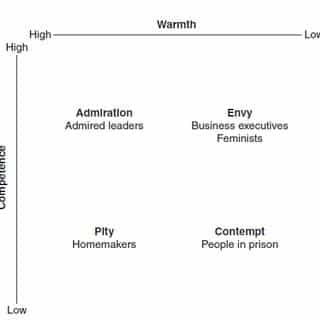From an early age, we are taught not to stereotype others. Often grouped with prejudice, racism, and sexism, there is a negative stigma associated with labeling someone with a static, oversimplified impression. BUT, what if the stereotype is positive?
Multiple studies have found that labels can lead to positive behaviors and outcomes. In one study, a group was labeled as “tidy.” After completing a few activities, researchers found them to be significantly cleaner and better organized than the non-labeled group. In another study, researchers gave the label “kind, thoughtful person” to some participants. A few minutes later, an actor dropped a stack of 500 index cards. The labeled individuals spent an average of 30.1 seconds helping to pick up an average of 164 cards. By comparison, those with no label spent an average of 22.6 seconds and only picked up an average of 84 cards.
Labeling can even encourage people to be more socially responsible. In a study from Carnegie Mellon, researchers asked people to make a donation to a heart association. When someone donated, half were labeled, “You are a generous person. I wish more of the people I met were as charitable as you,” and half were not labeled. A week later the same people were again asked to donate. Those who received the “generous” label donated over twice as much as the other group.
Want to replicate these results in your workplace? Consider the following:
- Those who were labeled received it before they had a chance to prove (or disprove) the related behavior.
- There was no basis for someone being labeled; it was anticipatory of the behavior the researcher wanted to produce.
- Time was not a factor. Even those who forgot being labeled were more likely to “live” the label.
- Labels were specific. No one said anything as generic as, “you’re great.” Every label was a precise behavior that was easily comprehensible and could be easily demonstrated.
The science behind labeling is simple— we like being thought highly of and, as such, we will meet the high expectations that are set for us. So start setting some expectations. Commend the team for being collaborative, creative, or any other competency that matches the culture you want to see. Extoll their level of dedication…even if you have yet to see it. And praise them with a label whenever they exhibit a desirable behavior; for instance, instead of thanking them for doing something kind and generous, say “You are such a kind, generous person.”
If all goes well, you may be predicting the better person they will be.








